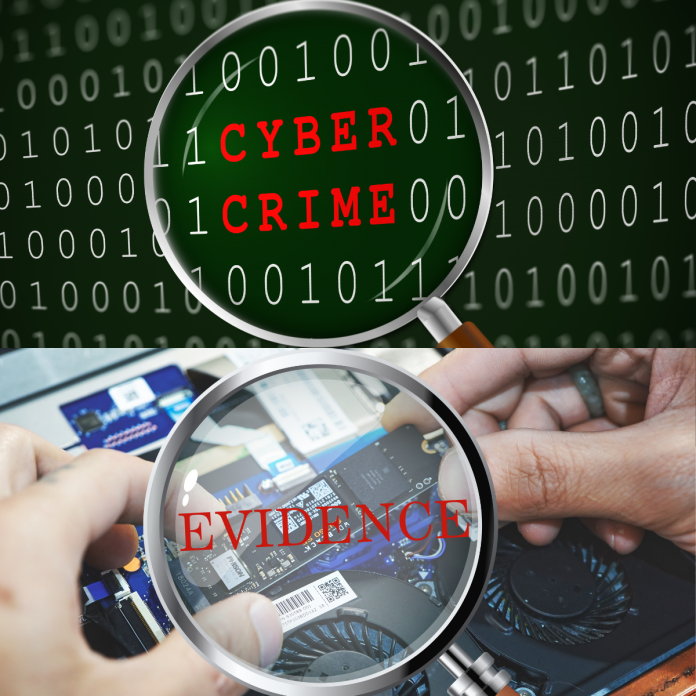Computer forensics is one of the important tools in combating cybercrimes. It is a suite of tools that performs the functions like collection, preservation, and analysis of digital evidence in order to identify and prosecute individuals or groups who have committed crimes. Cyber crimes could range from hacking, and identity theft, to all other forms of cybercrime.
Investigating Cyber Crimes like Hacking
When a computer system is hacked, computer forensics experts can be brought in to investigate the incident. They will first create a forensic image of the affected computer’s hard drive and then analyze the image for signs of intrusion. The presence of malware, changes to system files, or unusual network activity are some of the signs. They may also examine log files, and emails, to identify the hackers and trace their IP addresses to determine their location.
Investigating Identity theft
In cases of identity theft, computer forensics experts may be asked to analyze digital evidence such as emails, text messages, and social media posts to identify the suspects who have committed the crime. They may also analyze computer systems and devices used by the suspects to identify the sources of personal information and how it was obtained.
Investigating Ransomware attack
In cases of a ransomware attack, computer forensics experts will create a forensic image of the affected computer’s hard drive and analyze it for signs of the malware that was used. They may also examine the ransom note and any other communication with the attackers to identify any leads on the attackers.
Investigating Phishing Scam
In cases of Phishing scams, computer forensics experts will be analyzing the emails and attachments that were sent to the victims. They may also examine the IP addresses and domain names used in the phishing emails to identify the suspects.
Investigating Advanced Persistent Threat (APT)
In cases of APT (Advanced Persistent Threat) attacks, computer forensics experts will be analyzing the evidence from the affected systems and networks to uncover the full extent of the attack. They may also analyze the tools and techniques used by the attackers to identify their motivations and potential targets for future attacks.
As you can see, computer forensics plays a critical role in investigating cybercrime by providing digital evidence that can be used to identify and prosecute cybercriminals. It is a complex process.
Process of Computer forensic in investigating Cyber Crimes
This process can involve several steps, including:
- Seizing and preserving digital evidence: Computer forensics experts must first seize and preserve digital evidence. It needs to be preserved in a manner that its integrity is not compromised. And also admissible in court. It involves creating forensic images of hard drives, and other digital devices, and storing the evidence.
- Analyzing digital evidence: Once the digital evidence has been preserved, computer forensics experts will analyze it to uncover relevant information. This may involve using specialized software to analyze and extract data from hard drives, smartphones, and other devices. It may also involve analyzing network traffic logs and other digital records.
- Identifying suspects: Based on the evidence collected and analyzed, computer forensics experts will work to identify suspects. This may involve tracing IP addresses, analyzing email, and using other techniques to link suspects to the crime.
- Presenting evidence in court: Once the investigation is complete, computer forensics experts may be called upon to present their findings and evidence in court. This may involve giving testimony, creating visual aids, and providing expert analysis of the digital evidence.
Overall the main goal of investigating cybercrime using computer forensics is to provide impartial and legally admissible evidence that can be used to prosecute cybercriminals and to help prevent future cybercrimes by identifying and addressing vulnerabilities in computer systems.


